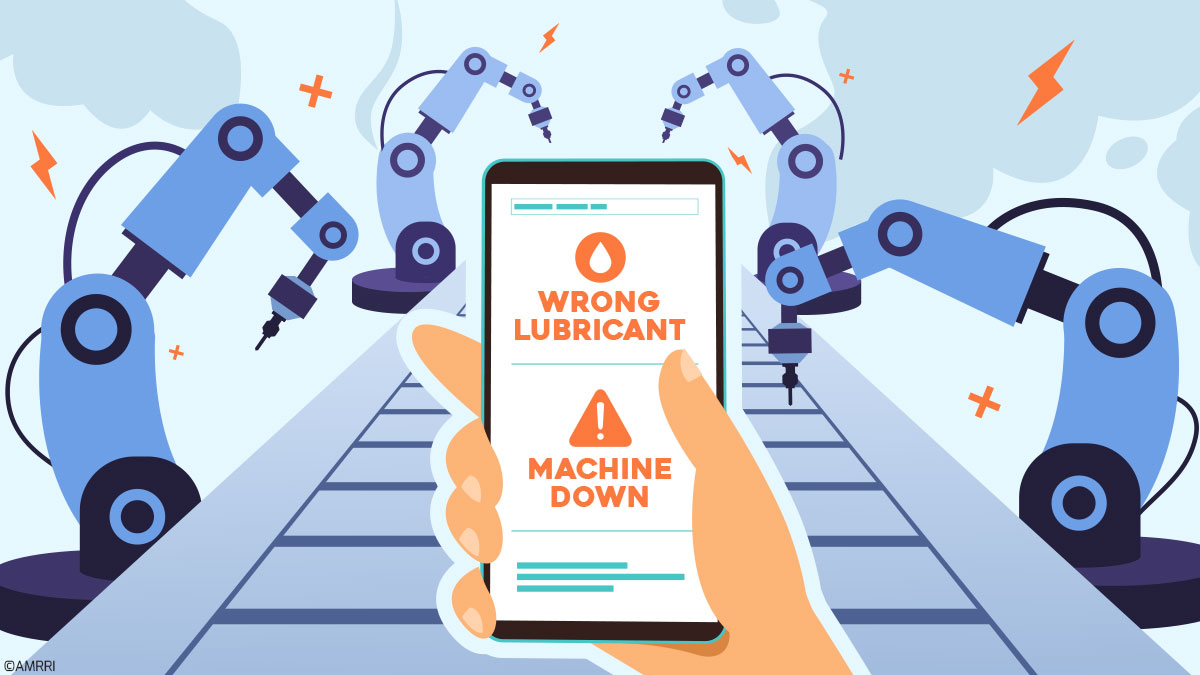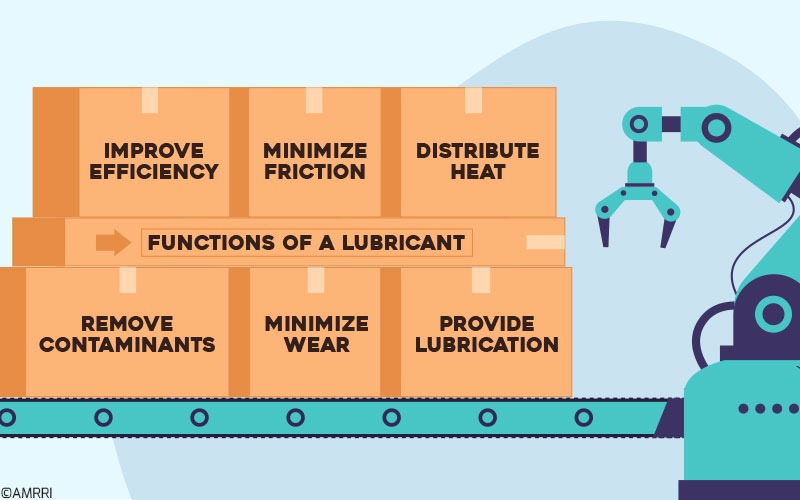Many lubrication engineers are faced with finding the most appropriate lubricant for an application. Therefore, they are tasked with selecting the “right” lubricant; subsequently, their decision can influence several outcomes.
A lot of the positive results are in the realm of extending the life of the oil, providing better energy efficiency, and even saving costs associated with downtime. However, can the choice of an “incorrect” lubricant impact its degradation process or lead to the presence of lube oil varnish?
Has the Lubricant Failed the Equipment, or Has the Equipment Failed the Lubricant?
Lubricants provide many different functions. These can range from moving heat or contaminants away from the components, minimizing wear and friction, improving efficiency, providing information about the status of the lubricant, or even transmitting power, as is the case with hydraulic oils.
There has been the time aged question of whether a lubricant fails the equipment or the equipment has failed the lubricant. If a deeper dive is performed into this question, one can deduce that lubricants are engineered to withstand particular conditions.
Once those conditions are met, lubricants can perform their intended functions. However, if the conditions exceed the tolerances of the lubricant, then one will notice a faster degradation. In this case, the environment and its conditions have failed the lubricant.
On the other hand, lubricants are designed to be sacrificial and are used up while in service. Hence, it is normal to see additives’ values deplete when trending oil analysis values, especially for turbine oils. Quite notably, additives responsible for antiwear or extreme pressure will decrease over time as they protect the components.
For this instance, the lubricant would have been performing its function until it could no longer do so or has reached its end of life. The conditions in the environment cannot be blamed for the lubricant failing. This is the nature of the lubricant.
Lubricant condition monitoring lets analysts detect whether a lubricant is undergoing degradation and can even help determine some areas where it has begun to fail. For instance, if the RULER® test can quantify the remaining antioxidants in an oil. Analysts can easily interpret its results to determine if the process of oxidation is occurring within that lubricant.
Similarly, an FTIR test can detect whether contaminants are present in the lubricant or if the additive packages have become severely depleted. These tests all aid in allowing analysts to successfully determine whether or not a lubricant is performing at its full functional capacity.
Want to read the entire article? Find it here in Precision Lubrication Magazine!






